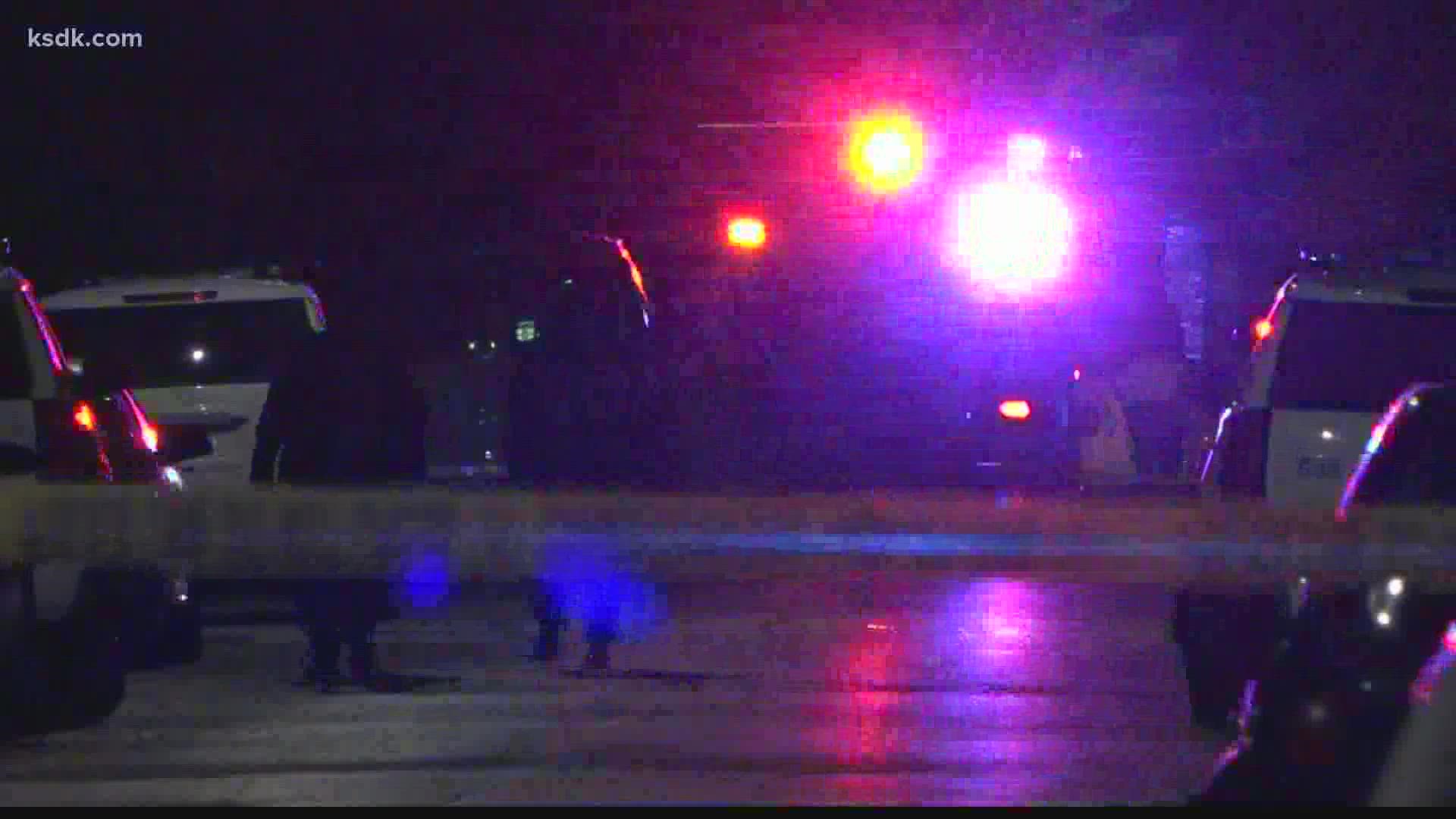ST. LOUIS — Homicides in St. Louis dropped roughly 25% in 2021, returning to pre-pandemic levels.
- 2021: 192
- 2020: 263
- 2019: 194
Experts said the 2020 spike in violence was driven largely by the pandemic and high tensions following civil unrest. More lock downs, people losing jobs and strained relationships between communities and law enforcement all led to more murders University of Missouri – St. Louis Criminology Professor Richard Rosenfeld said.
"That means people are less likely to call the police when they would have in the past,” Rosenfeld said. “Less likely to cooperate with police when the police are investigating crimes. more likely to take matters into their own hands. I think we've seen the decline (in murders) in St. Louis by and large because the conditions that gave way to the increase have improved.”
Law enforcement officers often get credit for making the city safer, but Rosenfeld said fewer COVID restrictions and decreased tensions made a tough job a little easier.
As crime took off in 2020, so did leaders’ passions to start community anti-violent movements. Atif Mahr has mentored countless youth at Wohl Recreational Center with their “Stop The Violence" program.
“As they grew up in the rec center, they learned things in life that changed variables in their thinking and actions,” Mahr said.
Tragically Mahr knows the sting of losing a loved one to violence. This fall his daughter was shot and killed. In December, he and teens from across the area led an anti-violence march through the streets of St. Louis. Mahr believes real bonds and face-to-face interactions change communities one person at a time.
Board of Alderman President Lewis Reed is also pleased with the progress. He’s helped usher in the Cure Violence program in three neighborhoods.
"I am so pleased to see our violent crime rates have gone down dramatically," Reed said. "It really gives you hope for the city of St. Louis and the future of our youth. You see people working together. See people taking care of each other. The cure violence personnel engaging in the lives of these families and young kids and see them doing the right thing. See them turning their lives around."
Reed said their program is working in those parts of town. Reed said the violence diffused here inevitably stopped violence in other communities. He hopes to expand Cure Violence to more parts of town in 2022.
Anthony Pickens-Bey is the director of the Walnut Park West Cure Violence site in north St. Louis.
"We work as a team, so I'm in the streets with my team," he said.
For the past two years, he and his seven-member team of "violence interrupters" have gone where many won't: They go face to face with drug dealers, gang members and gun-carrying criminals in an effort to interrupt conflicts, build long-term relationships and keep the streets of st. Louis safe.
"We used to be part of the problem and not we have been given the opportunity to be part of the solution," he said.
Interim Public Safety Director Dan Isom said the community's three cure violence teams have helped curb homicides and other crimes in the city. He said this year's crime numbers might be a turning point.
"It's not a reason to necessarily celebrate," he said, "but we really can say we are moving in the right direction."
He said the changes are making a difference.
"We have the right mix of strategy: community, police, wrapping our arms around victims," he said. "I think if we continue to head in that direction, we will continue to have positive results."
Leaders and neighbors are bringing the positive morale into 2022.
With society inching back to “normal”, Rosenfeld is anxious to see if crime continues to drop in 2022.
“I think we should be very careful about making strong predictions about what's going to happen next year," Rosenfeld said.

